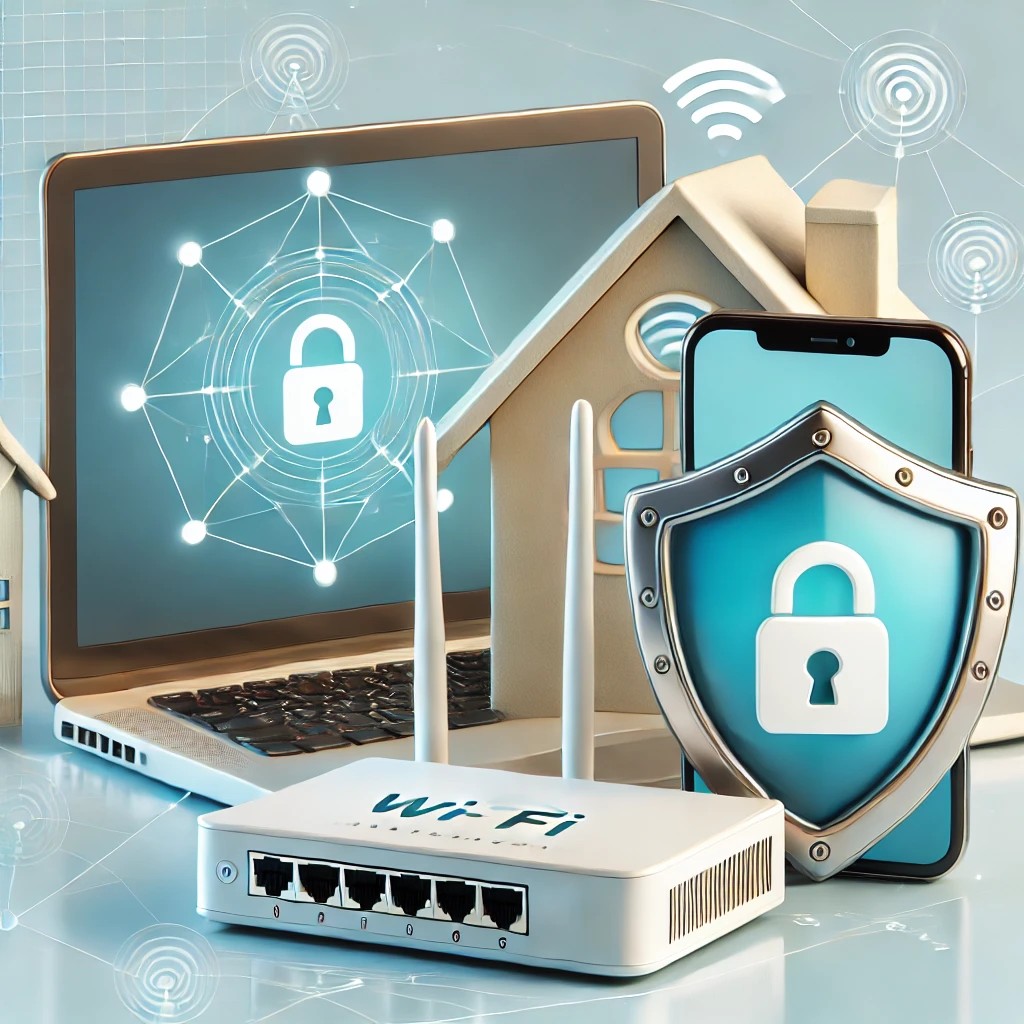In today’s connected world, securing your home network is more important than ever. From online banking to streaming services, the internet plays a vital role in our daily lives. However, with the increasing number of devices connected to your home network, it also becomes a target for hackers, identity thieves, and malware. Fortunately, there are several steps you can take to ensure your network remains secure and your data stays safe.
1. Change Default Router Passwords
Many routers come with default login credentials (username and password) that are easy for hackers to guess. The first step in securing your home network is to change these default settings. Access your router’s settings by typing the IP address into a web browser (often something like 192.168.1.1), and change both the username and password. Make sure to use a strong, unique password.
2. Use Strong Wi-Fi Encryption
Ensure your Wi-Fi network is secured with a strong encryption method like WPA3 (Wi-Fi Protected Access 3). If WPA3 is not available, WPA2 is the next best option. Avoid using older encryption standards like WEP, as they are easily compromised.
3. Update Router Firmware Regularly
Router manufacturers release firmware updates to fix security vulnerabilities. Check for firmware updates regularly and install them to ensure that your router is protected against known threats. Most modern routers allow you to enable automatic updates, which can save you time and effort.
4. Create a Guest Network
If you have visitors who need to use your Wi-Fi, set up a guest network for them. This keeps your main network isolated from guests’ devices, minimizing the risk of unauthorized access to your personal devices or sensitive information.
5. Use a Firewall
A firewall is a critical tool in blocking unwanted traffic and preventing attacks on your home network. Many routers come with a built-in firewall, so be sure to enable it. Additionally, installing a firewall on individual devices, like your computer or smartphone, can provide an extra layer of protection.
6. Enable Two-Factor Authentication (2FA)
For any accounts that support it, enable two-factor authentication (2FA). This adds an extra layer of security by requiring a second form of verification (such as a code sent to your phone) in addition to your password. This helps prevent unauthorized access even if someone gets hold of your password.
7. Disable Remote Management
Many routers allow you to manage your network remotely. However, this feature can expose your network to outside threats if not properly secured. Unless you need it, disable remote management to reduce the attack surface of your router.
8. Keep Your Devices Up to Date
Hackers often exploit vulnerabilities in outdated software. Make sure all the devices on your network—such as computers, smartphones, smart TVs, and IoT devices—are running the latest updates. Enable automatic updates whenever possible to ensure that your devices are always protected.
9. Monitor Your Network
Regularly monitor your home network for suspicious activity. Some routers have built-in tools that allow you to see what devices are connected to your network. If you spot any unfamiliar devices, disconnect them and change your Wi-Fi password.
10. Use a VPN
A Virtual Private Network (VPN) encrypts your internet traffic, hiding your browsing activities from potential eavesdroppers. If you often use public Wi-Fi networks or want an extra layer of privacy at home, using a VPN can be an effective tool to secure your online activity.
Conclusion
Protecting your home network requires proactive steps, but it’s well worth the effort. By following these tips, you can minimize the risk of a security breach and enjoy a safer online experience for you and your family. Remember, a secure network is an ongoing process, so make sure to stay vigilant and update your security measures as needed.
